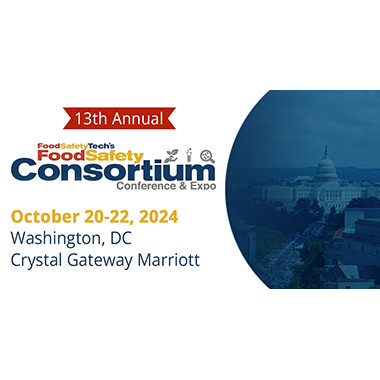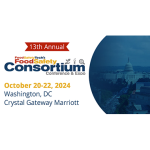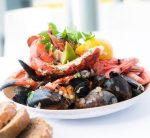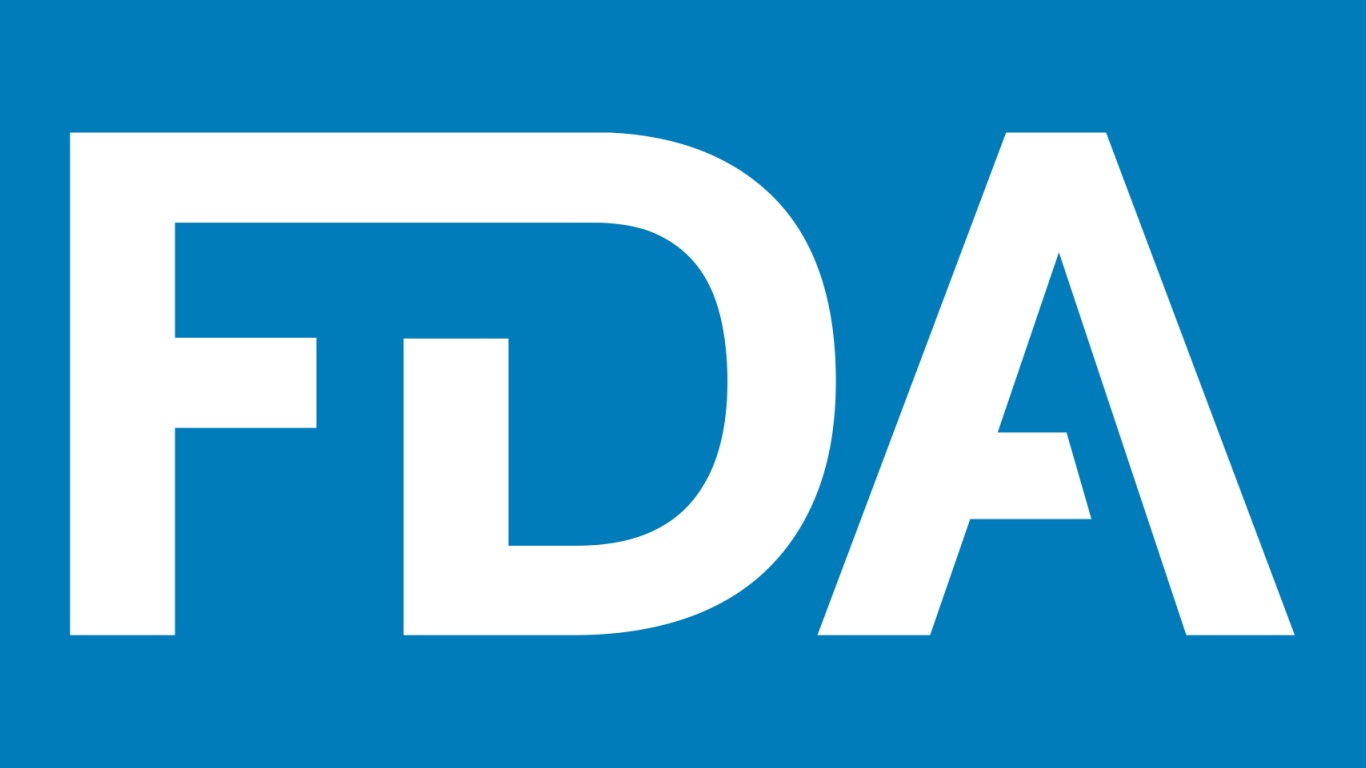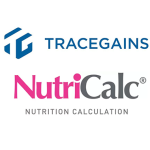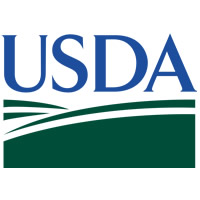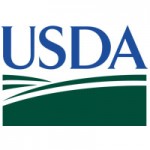Researchers from Texas A&M have developed a wax coating with nano-encapsulated essential oils for use on produce that provides both immediate and delayed antibacterial effects. Mustafa Akbulut, professor of chemical engineering, worked with horticultural science professor Luis Cisneros-Zevallos to engineer a nano-encapsulated cinnamon-bark essential oil that was then imbibed into a food-grade wax commonly applied on produce surfaces.
They tested the coating on red apples and compared it to traditional wax coatings. Results, published in Current Research in Food Science (vol. 8, 2024), showed that the wax coating with the encapsulated essential oil produced a significant reduction in viable bacterial counts compared to controls coated with paraffin wax after 24 hours of exposure, with reductions of 1.8 ± 0.4 log10 CFU/mL (PBS) and 3.5 ± 0.3 log10 CFU/mL (TSB) for S. aureus, and 1.2 ± 0.2 log10 CFU/mL (PBS) and 1.4 ± 0.4 log10 CFU/mL (TSB) for E. coli.
The nano-encapsulated essential oil made it harder for bacteria to attach and survive on fruits or vegetables. The delayed release of the essential oil increased the half-life of active ingredients and produce compared to its unencapsulated counterparts, according to the study.
The antibacterial effect persisted even after 72-hour immersion in water followed by bacterial exposure. “Furthermore, our novel coatings exhibited significantly reduced bacterial attachment compared to pristine wax-coated substrates. The coatings also showed a great aversion toward A. flavus with the initial zone of inhibition measuring 13.5 ± 0.15 mm and no hyphae and conidiophores growth on the substrates (with coatings) even after 10 days,” the authors wrote.
“This coating was also inhibiting the fungal attachment,” said doctoral student Yashwanth Arcot who ran experiments to support the research. “We have tested this system against Aspergillus, a fungus responsible for the spoilage of food commodities and the onset of lung infections in humans. We were successful in preventing its growth on the hybrid coatings, and these hybrid wax coatings are easily scalable and can be implemented in food processing industries.”





